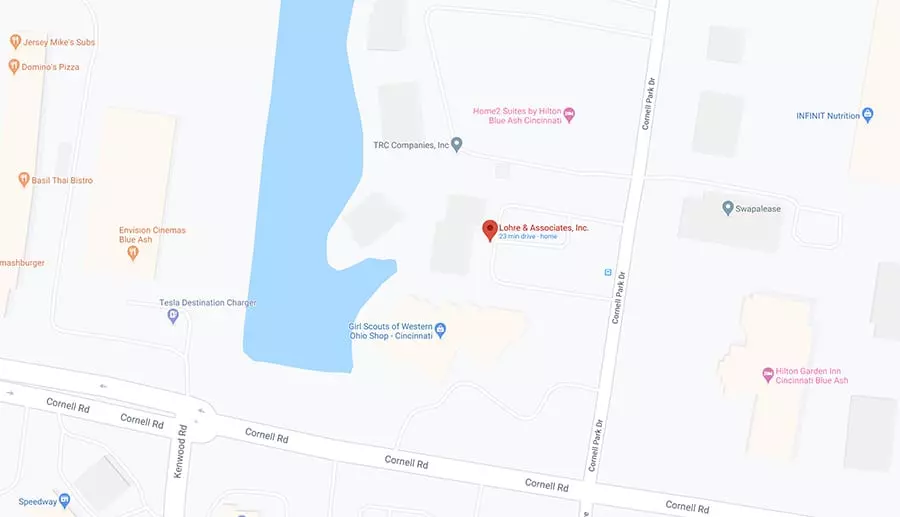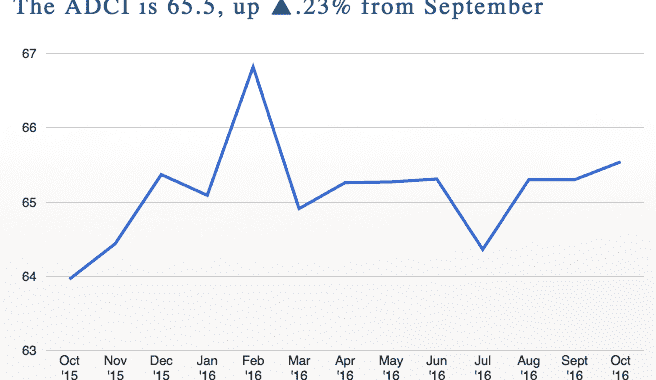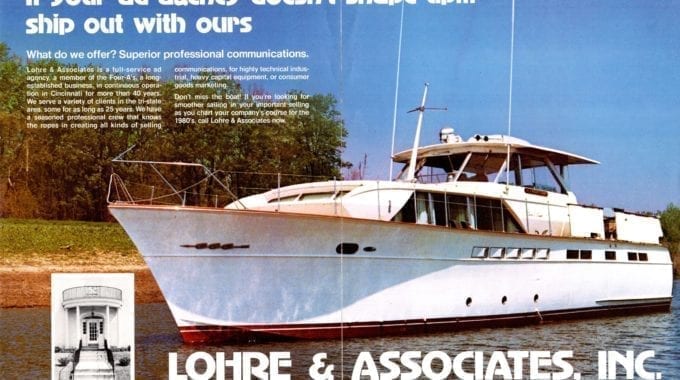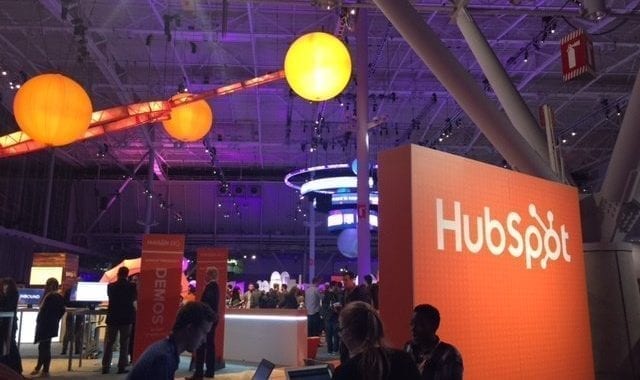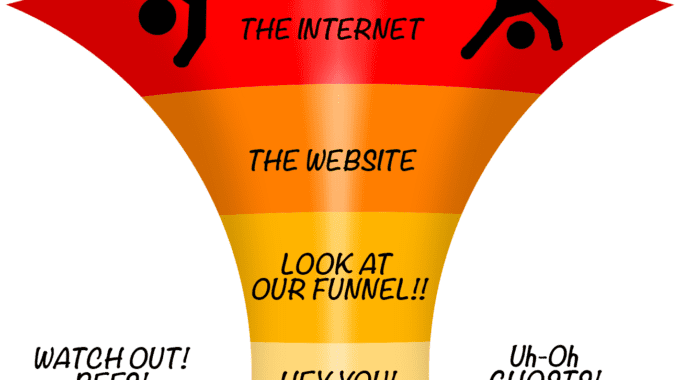Free Stock Photography for Industrial Advertising Marketing
As much as we would always like to have the perfect photograph to accompany your industrial advertising, many times the budget, time and models aren't available. Here's a list of several services that you can obtain rights free images for…
